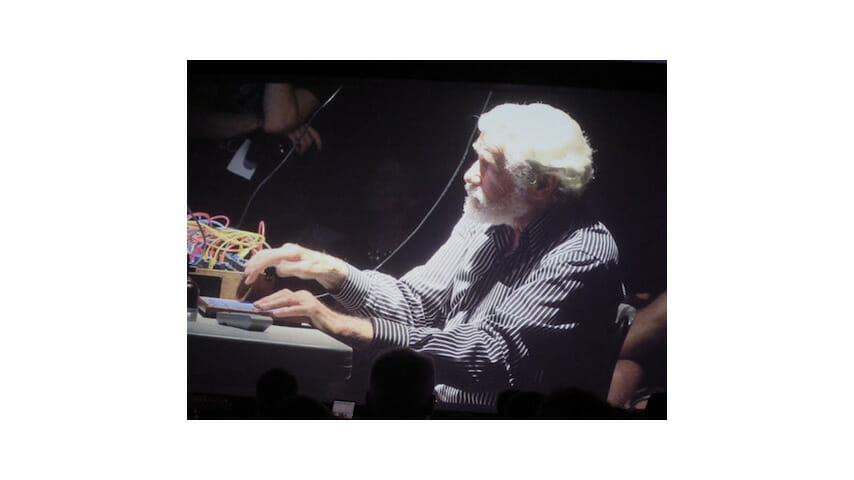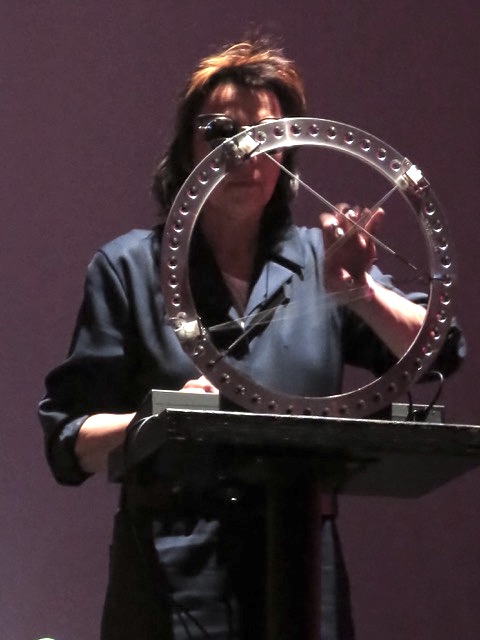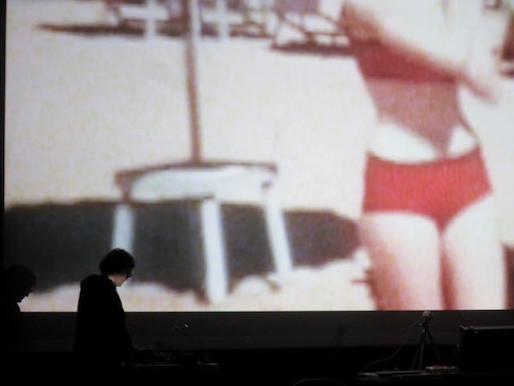Live: Don Buchla Memorial Concerts

All photos by Michael Zelner
By all accounts, Don Buchla was as unpredictable, sensitive and temperamental as the instruments that bore his name. In two panel discussions, held as part of a weekend long event at San Francisco’s Gray Area performance space last month to celebrate the life and work of this pioneer in electronic instruments, his colleagues and friends like Roger Linn (creator of the drum machine known as the Linn Drum), Morton Subotnick and Jessica Rylan marveled at how tough it could be to be around Buchla at times. As Keith McMillen, the renowned creator of various MIDI instruments like the K-Board put it at one point, “Don treated programmers at his company like Hitchcock treated actors.”
As fun and humanizing as their anecdotes were, what overshadowed them was a sense of wonder at what Buchla created during his 79 years on this planet (he passed away in early September 2016). While many of his synthesizers weren’t as portable or as user friendly as those manufactured by his contemporary Robert Moog, the Buchla modules have long been praised for their ability to inspire musical innovation. The many instruments on display in a small room tucked in the corner of the former movie theater and those utilized on stage (and at various stations scattered around the room) delivered infinite variations via an array of colorful patch cables, shiny touch plates and inviting switches and dials.
While some artists and attendees treated the weekend as something of a museum piece, many others didn’t shy away from modernity. One particular aspect that Buchla would have appreciated was how some of the musicians were using current technology to expand and improve upon his initial designs.
Suzanne Ciani, an early adopter of these modular machines, included a pair of iPads as triggers for effects boxes alongside her Buchla 200e, using them to add rolling tones to the gushing waves of melody and ping-ponging rhythms she created on the fly. One of Buchla’s closest collaborators David Rosenboom wore part of his array, putting sensors on his head to help generate fractured sequences based on his brain activity. Experimental sound artist Bob Ostertag created an even more shattered improvisation using what looked like a PlayStation DualShock 4 controller.

The most alluring sounds, though, came from Laetitia Sonami’s creation: a round instrument with three strings stretched across a ring. When she plucked on each one, it triggered a swell of pink noise and drone that kept undulating and repeating like the tide rolling in. It was also nice to see a more direct correlation between the actions being performed on stage and the sounds they created. Without a deep understanding of how the hulking synths worked, it was sometimes hard to put together how these wonderful noises they made came to be or what the players did to make them happen.

